Is Wildlife Compatible With the Livestock on Your Ranch?
Both can prosper with the right management. Here’s what to consider.
Deer, quail and turkeys aren’t just fun to observe on the ranch. If managed well, they could help diversify income as a hunting enterprise, too. But can desirable wildlife thrive under the same conditions as the cattle, sheep and goats on your ranch?
While there are many variables to consider and manage, it is possible to answer “yes” without reservation.
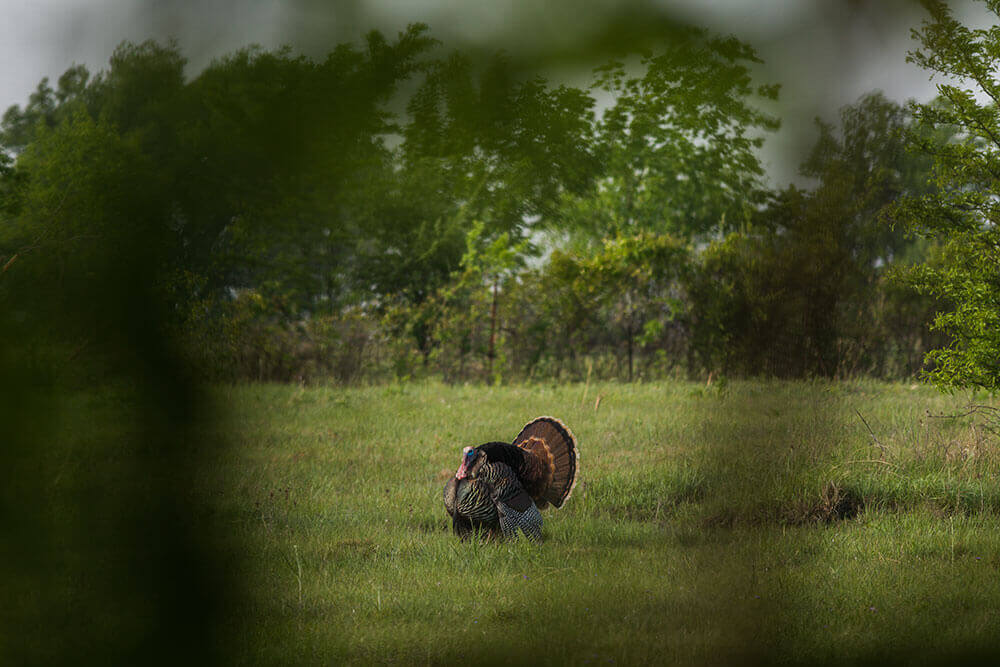
Wildlife require food, water, cover and space.
The most important requirement for wildlife is suitable habitat, with adequate food, water, cover and space. Native rangeland with good plant diversity, interspersion and structure of plants including native grasses, forbs, shrubs and trees is necessary for optimum wildlife habitat. These components provide critical needs such as food and cover for concealment, nesting and protection from weather.
Native plant communities tend to support greater wildlife diversity and abundance because the various species evolved together. Additionally, the same grasses and forbs (and some woody plants) that benefit wildlife provide forage for cattle and other ruminants.
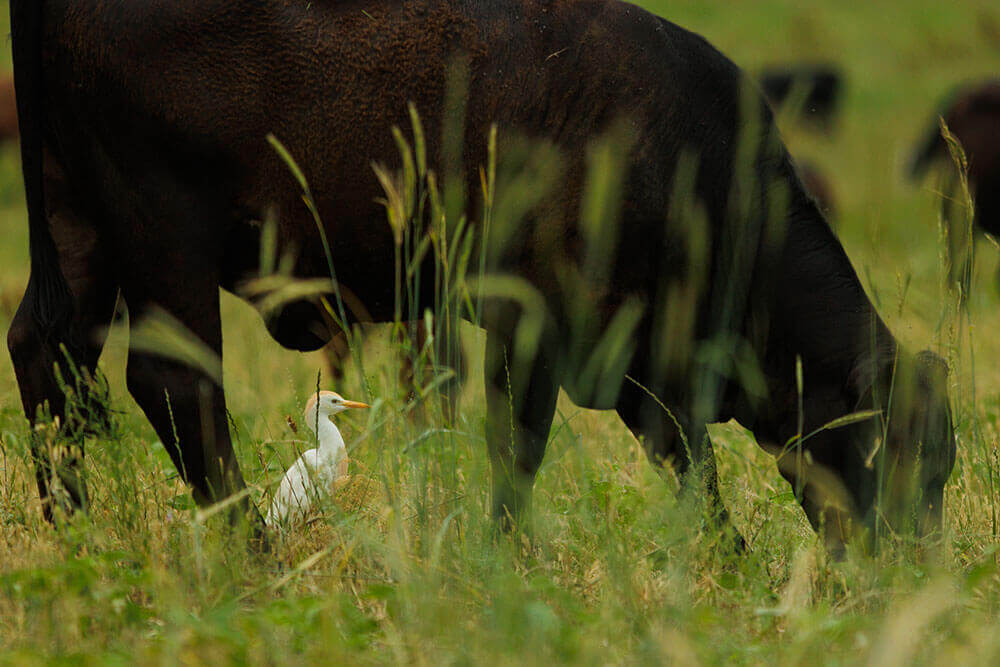
Producers who focus on soil health and diversity have the upper hand.
Undoubtedly, regeneratively managed ranches are the best-suited for wildlife. Ranches managed primarily for monocultures of bermudagrass or other introduced forages will not be able to maximize habitat or usable space for wildlife as well. Monocultures also do not maximize soil microbial and plant species diversity that promotes soil health and in turn healthy livestock.
Ranchers managing for dual goals of livestock production and wildlife habitat will need to focus on mimicking nature to the benefit of both groups of animals. Start with promoting diversity and structure in the plant community. This maximizes the amount of usable space on the property for each enterprise.
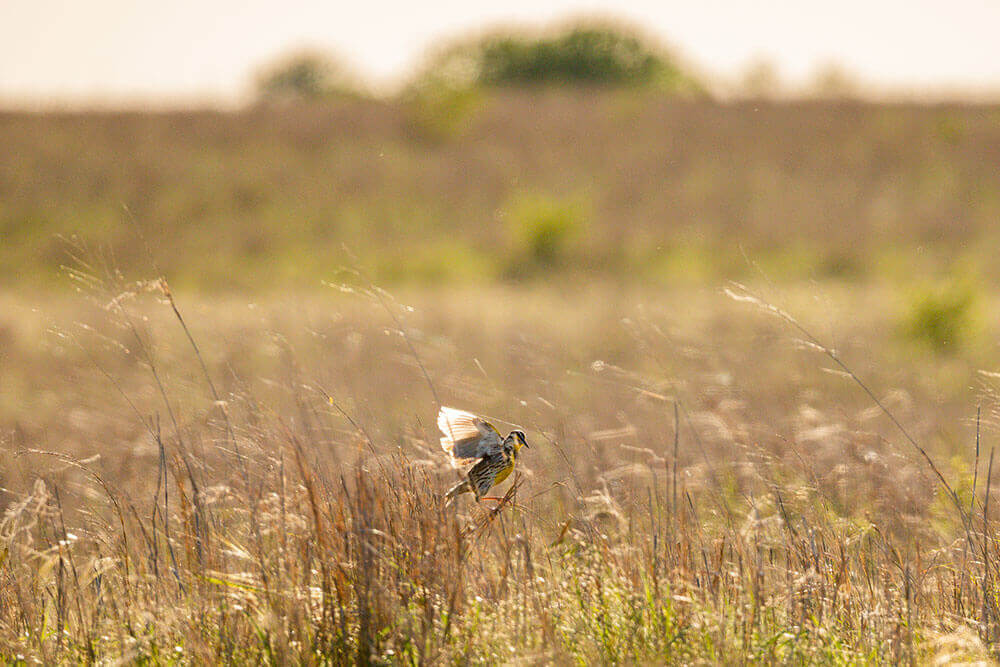
Plants that provide wildlife cover come in many forms.
Woody plants usually come to mind first when thinking of cover for wildlife and reduced forage production for cattle. Contrary to popular beliefs, deer and quail do not need vast amounts of woody cover to survive and multiply. As little as 20 to 40% woody cover is sometimes all that is needed for quail or deer, provided it is well-distributed, structurally adequate and comprised of a diversity of species.
Likewise, the herbaceous plant community needs to be diverse. It can be dominated by grasses, but should also contain at least 15 to 25% forbs (typical of healthy rangeland managed regeneratively) and have perennial bunch grasses that give quail space to maneuver and find food.
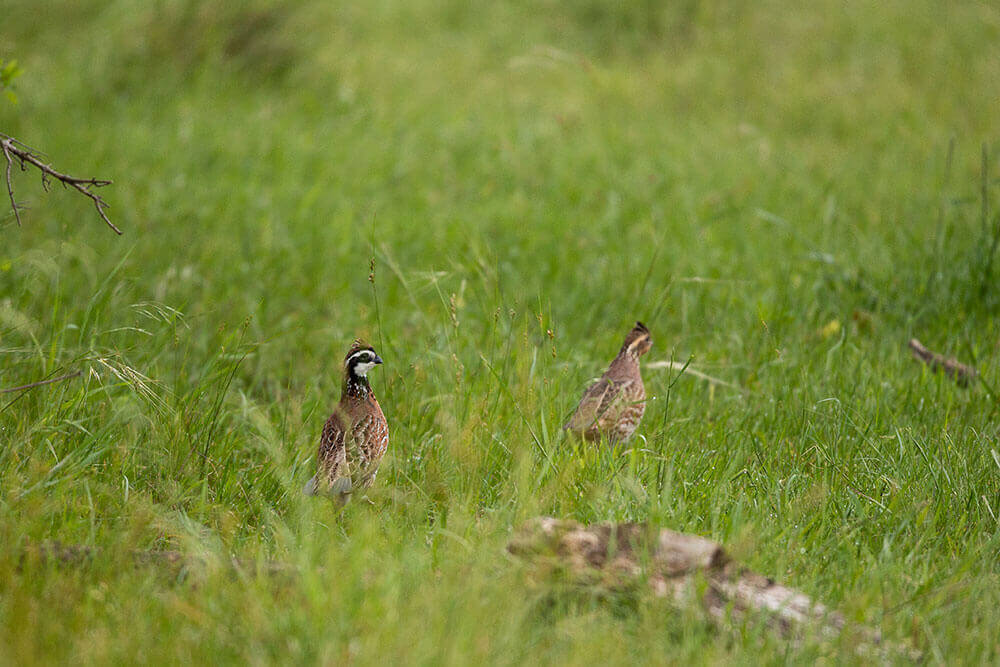
Livestock can be compatible with wildlife when stocking rates are managed well.
Livestock stocking rates are arguably the second most important issue to consider in welcoming more wildlife on your land. Your ranch produces a finite amount of forage each year, and production is dynamic between and within years, as influenced by weather. Therefore, stocking rate should be dynamic and is an important consideration when managing for wildlife and cattle.
Most land managers tend to remember the good years of forage production and usually have livestock production goals that push the limits of forage production, resulting in stocking rates being set at or above rangeland carrying capacity. Think of this as supply and demand. Carrying capacity is the supply and stocking rate is the demand.
During droughts or growing seasons with below-average rainfall, stocking at carrying capacity creates problems when managing livestock and can negatively affect wildlife goals. Landowners who truly wish to manage both livestock and wildlife well should consider a light-to-moderate stocking rate. This allows the landowner more flexibility in grazing management. These managers can respond to adverse weather conditions, take advantage of favorable conditions, plan for prescribed fire and focus on grazing management that is compatible with the wildlife species of interest.
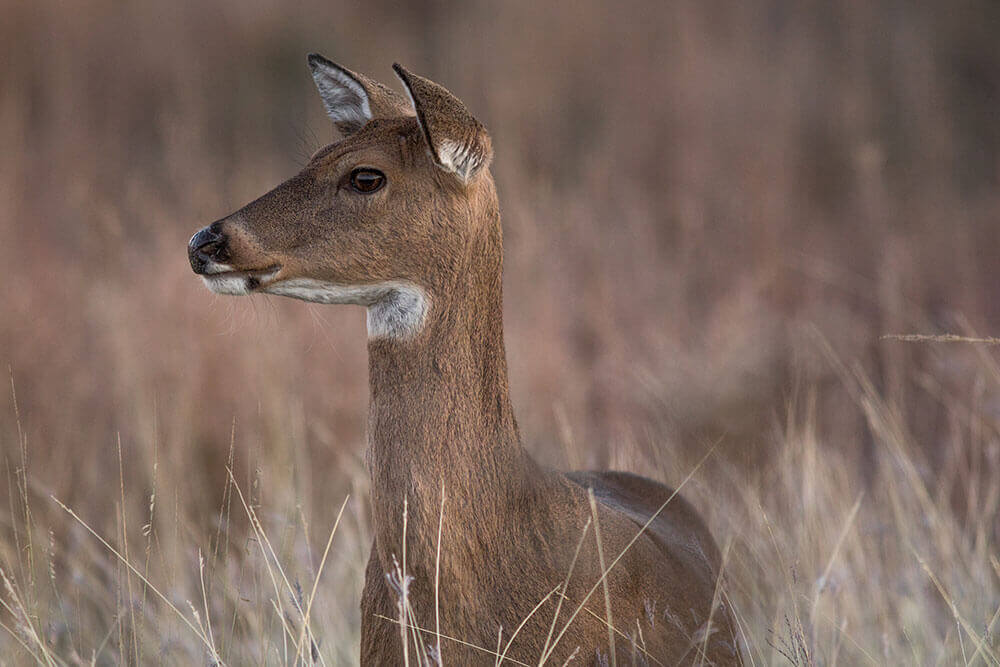
Be mindful of dietary overlap.
While cattle primarily eat grass, and wildlife depend on grasses, forbs and woody plants for food and other habitat needs, there is dietary overlap as well as other competing factors between cattle and wildlife. Other small ruminants like sheep and goats have a greater dietary overlap with wildlife species like white-tailed deer, but management can turn any livestock species into a compatible partner for wildlife.
Even at light-to-moderate stocking rates, cattle will eat forbs, and small ruminants may prefer them. Many of these plants are also preferred by wildlife. However, this dietary overlap can be managed, and the forage resource can be stimulated through the establishment of proper seasonal or annual stocking rates and implementation of adaptive grazing and prescribed fire.
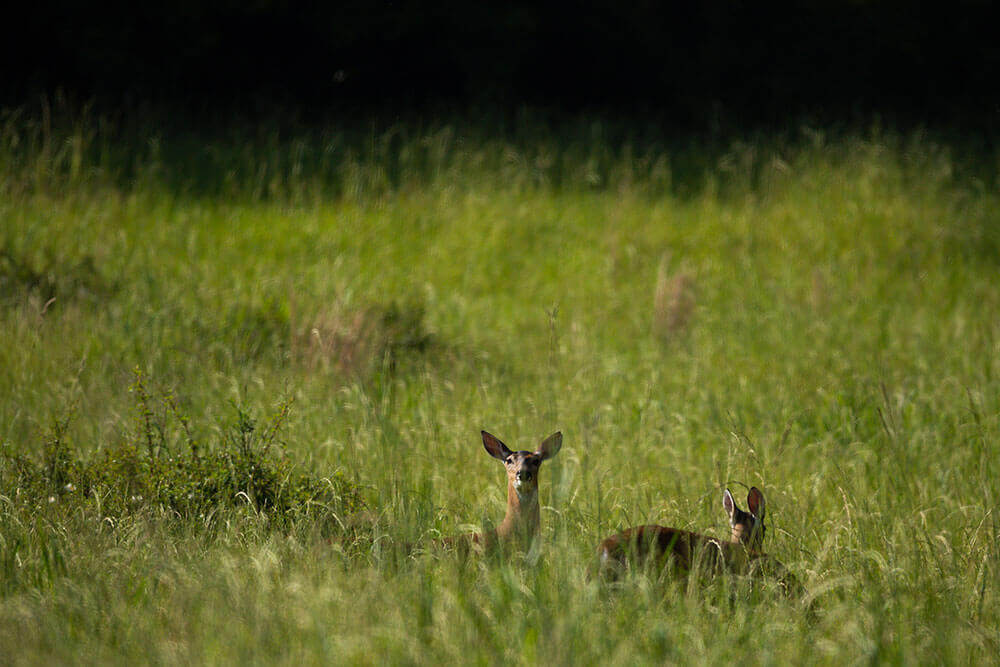
Ranch-based wildlife habitats benefit from natural disturbances like grazing.
While native rangeland is the ideal plant community for native wildlife, remember that native ecosystems across the country have evolved with natural disturbances such as herbivory (grazing) and fire. Grazing livestock are essential to maintaining healthy native rangelands teeming with wildlife.
Acres previously planted to introduced forages for livestock production can regain their wildlife appeal if we pay attention to the soil health principles and create the diversity, interspersion and structure that make up good wildlife habitat. Just as in native rangeland, grazing livestock are essential natural disturbances to advance soil, plant and animal communities on introduced forages. Understanding and managing the frequency, timing and intensity of these disturbances, especially with proper stocking and adaptive grazing, is critical for success for livestock and wildlife alike.
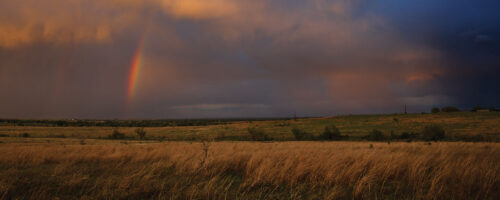
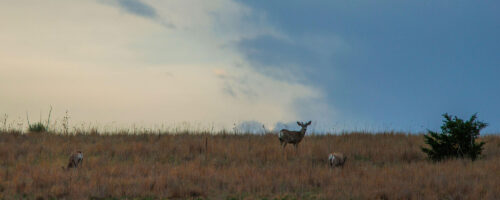
Comment